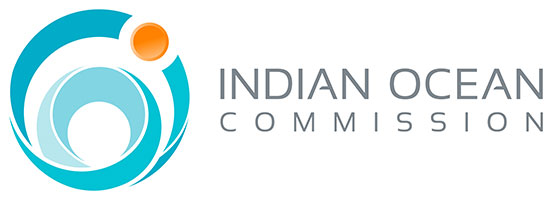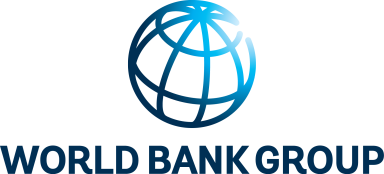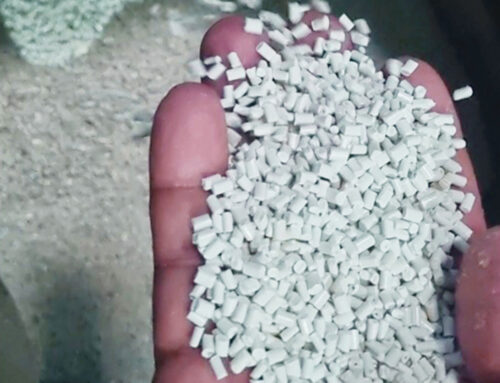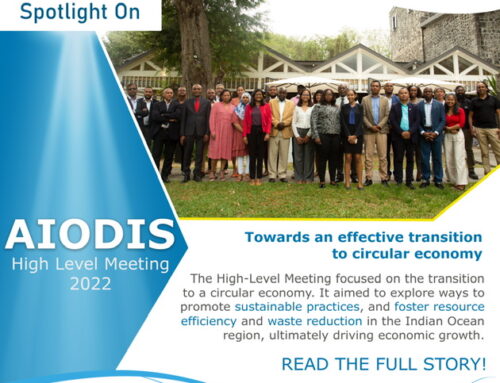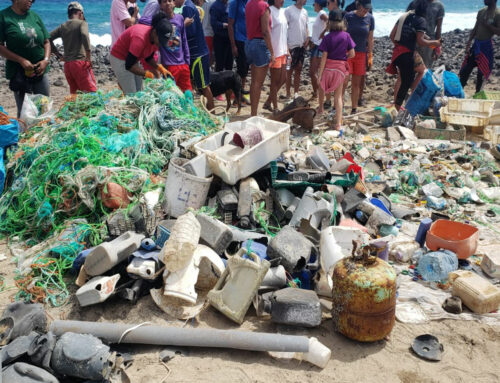It would be a fish tale to say that our marine biodiversity does not suffer from plastic pollution… By now, it is well known that tons and tons of plastic are dumped into the oceans every year. Unfortunately, overconsumption and a throwaway culture encourage this crisis of plastic waste.
This is why the SWIOFish2 project has started a sensitisation campaign with a group of primary schools of the African and Indian Ocean Developing Island States (AIODIS). The beneficiary countries are: Cabo Verde, Comoros, Guinea Bissau, Madagascar, Maldives, Mauritius, São Tomé to Príncipe and Seychelles. The beneficiary countries are: Cabo Verde, Comoros, Guinea Bissau, Madagascar, Maldives, Mauritius, São Tomé to Príncipe and Seychelles.
What is the campaign about?
In view of raising awareness on the concept of circular economy and reduction of marine plastic pollution among Grade 4 and 5 students of primary schools, an original campaign using a cartoon character called Captain Fanplastic will be launched. The guiding principle of the project is to create a mindset that plastic is reusable and recyclable, and can cause environmental and health problems when dumped.
This innovative campaign uses a unique approach including graphic storytelling, creativity and games to sensitise kids.
Ahoy Captain!
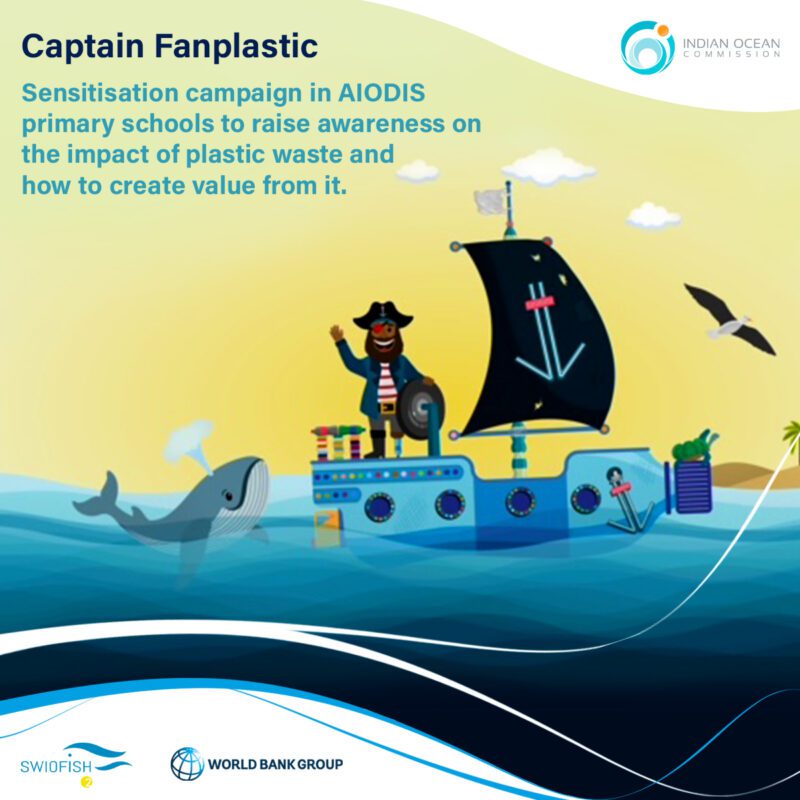 Children love stories… With this campaign, they get to be the heroes of one!
Children love stories… With this campaign, they get to be the heroes of one!
The campaign starts with storytelling, where trained facilitators from local NGOs share The Legend of Captain Fanplastic. Thanks to graphic illustrations, the students are immersed into the Captain’s universe. This sensitises them on the impact of plastic
pollution on marine mammals and birds, and on the potential value of plastic litter that can be considered as a resource instead of waste.
Through a Question & Answer session with the Captain, the children are able to understand the impact of plastic waste on marine life. This is followed by a session during which they learn how to reuse and repurpose plastic. They do so by crafting a pirate’s eye-patch similar to what the Captain uses, as well as the shell of Fin the Turtle.
Finally, the students participate in a treasure hunt game, either in the school’s
compound, at a nearby park, or at the beach. They use a treasure map which provides details on the types of waste they are likely to find. This exercise encourages clean-up while having fun! The collected waste is weighed, and prizes are offered to the most successful team.
This inspiring and fun-filled campaign for children will surely help in shaping up the anti-
pollution heroes of tomorrow!
